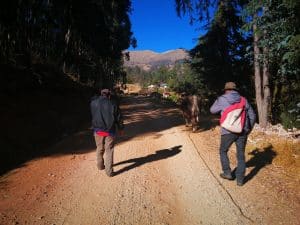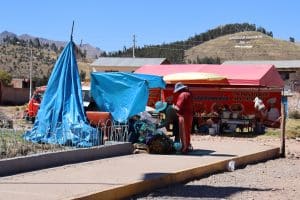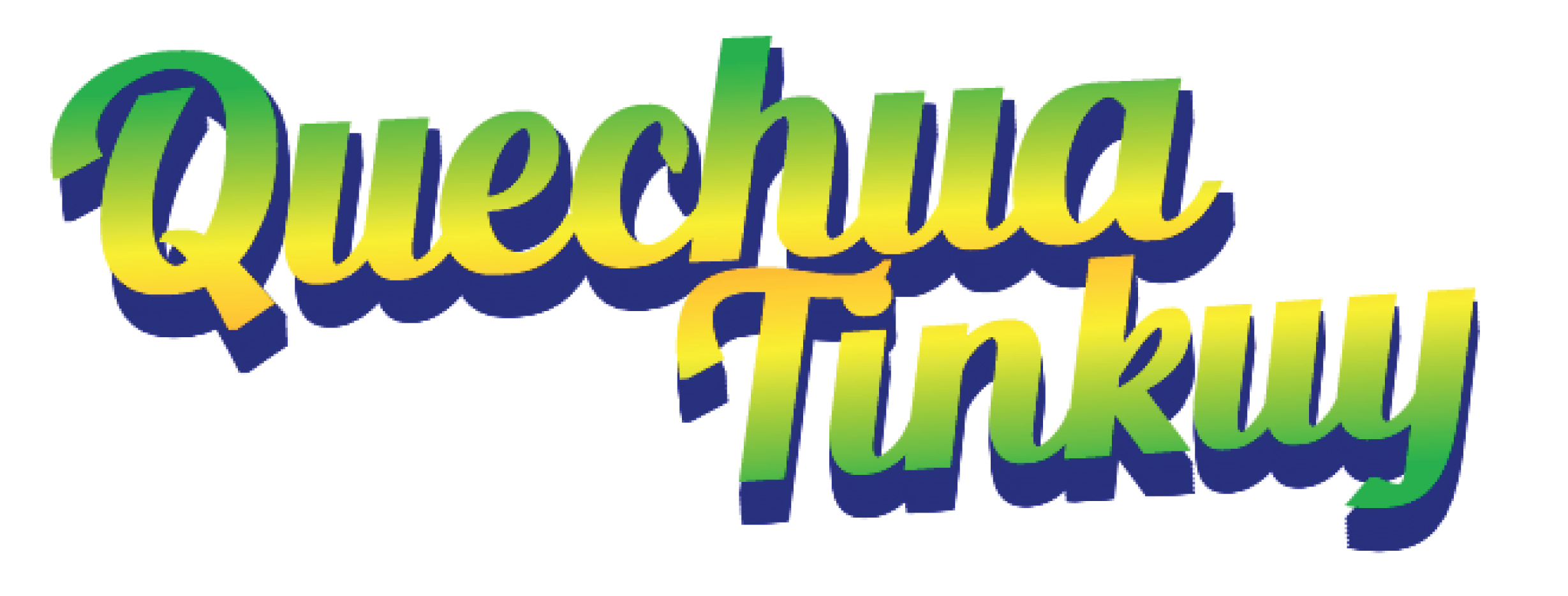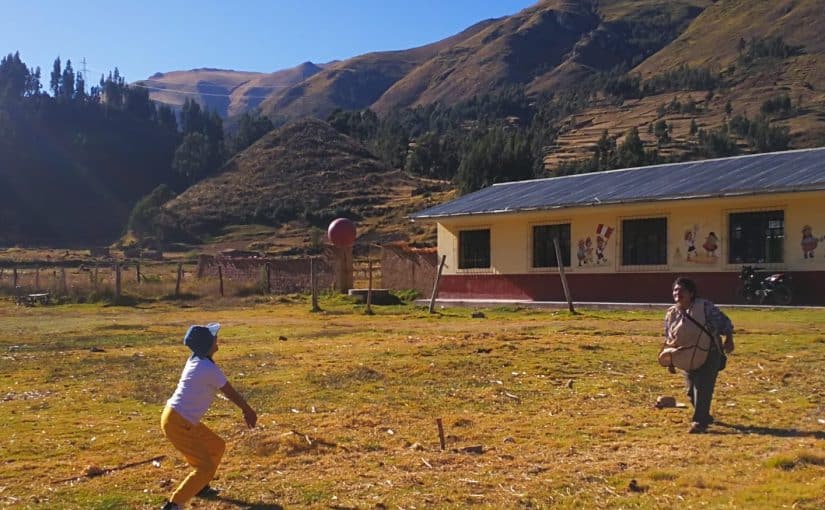
Qallarinapaq | Introduction
In this unit you will learn the past tense, specifically for an action that took place in the past and that the speaker has witnessed (no one told them) and that they are certain of. For this we use the suffix ra or rqa depending on the variant that we use. For example, in the Cusco Collao, we will use the suffix ra and in the Ayacucho Chanka variant the suffix rqa.
Ready?
¡Qallarisun! / Let's get started!

Qillqa | Grammar
Next, we will look at the following structure:
Quechua Cusco Collao (ra): Ñuqa takirani (I sang)
Ñuqa taki-ra-ni
1st Person taki base verb + ra (past) + ni 1st person verbal marker
Quechua Cusco Collao (ra): Qan rantiranki (she/he bought)
Qan ranti-ra-nki
2nd Person ranti base verb + ra (past) + nki 2nd person verbal marker (nki)
Quechua Ayacucho Chanka (rqa): Ñuqa takirqani (I sang)
Ñuqa taki-rqa-ni
1st Person taki base verb + rqa (past) + ni 1st person verbal marker
Quechua Ayacucho Chanka (rqa): Qan rantirqanki (you bought)
Qan ranti-rqa-nki
2nd Person ranti base verb + rqa (past) + nki 2nd person verbal marker
Each personal pronoun has a different determined verbal marker. Next, we will look at the conjugation with the suffixes ra or rqa that indicate past tense, for this we will conjugate the verb pukllay (to play).
Infinitive verb: pukllay
Verbal root: puklla
Note: Remember that the use of the dashes (-) are not part of Quechua writing, they are used to separate the grammatical structure for a better reading and understand for the student.
| RA suffix (Quechua Cusco – Collao) | RQA suffix (Quechua Ayacucho – Chanka) | English |
|---|---|---|
| | I played | |
| You played | ||
| She/he played | ||
| We played (including the listener) | ||
| We played (excluding the listener) | ||
| You (pl) played | ||
| They played |
In the following graphics we will conjugate the past tense suffixes ra and rqa for each personal pronoun, pay attention to the suffix itself, as well as the verbal ending whether it is 1st, 2nd, or 3rd person (ni, nki, n, nchis, yku, nkichis, nku):
Singular – Ch’ulla
| I | Ñuqa puklla-ra-ni |
| You | Qan puklla-ra-nki |
| She/He/It | Pay puklla-ra-n |
Plural – Ashka
| We (inclusive) | Ñuqanchis puklla-ra-nchis |
| We (exclusive) | Ñuqayku puklla-ra-yku |
| You (plural) | Qankuna puklla-ra-nkichis |
| They | Paykuna puklla-ra-nku |
Singular – Ch’ulla
| I | Ñuqa puklla-rqa-ni |
| You | Qan puklla-rqa-nki |
| She/He/It | Pay puklla-rqa-n |
Plural – Ashka
| We (inclusive) | Ñuqanchis puklla-rqa-nchis |
| We (exclusive) | Ñuqayku puklla-rqa-yku |
| You (plural) | Qankuna puklla-rqa-nkichis |
| They | Paykuna puklla-rqa-nku |
Let's look at more examples of the use of the suffixes ra and rqa which indicate the past.
Verb yachachiy (to teach):
Singular / Ch’ulla
| I taught | |
| Qan yachachi-ra-nki Qan yachachi-rqa-nki | You taught |
| Pay yachachi-ra-n Pay yachachi-rqa-n | She, he taught |
Plural / Ashka
| Ñuqanchis yachachi-ra-nchis Ñuqanchis yachachi-rqa-nchis | We taught (inclusive) |
| Ñuqayku yachachi-ra-yku Ñuqayku yachachi-rqa-yku | We taught (exclusive) |
| Qankuna yachachi-ra-nkichis Qankuna yachachi-rqa-nkichis | You (pl) taught |
| Paykuna yachachi-ra-nku Paykuna yachachi-rqa-nku | They taught |
Verb llanka’y (to work):
Singular / Ch’ulla
| I worked | |
| Qan llank’a-ra-nki Qan llank’a-rqa-nki | You worked |
| Pay llank’a-ra-n Pay llank’a-rqa-n | She, he worked |
Plural / Ashka
| Ñuqanchis llank’a-ra-nchis Ñuqanchis llank’a-rqa-nchis | We worked (Inclusive) |
| Ñuqayku llank’a-ra-yku Ñuqayku llank’a-raq-yku | We worked (exclusive) |
| Qankuna llank’a-ra-nkichis Qankuna llank’a-rqa-nkichis | You (plural) worked |
| Paykuna llank’a-ra-nku Paykuna llank’a-rqa-nku | They worked |
As you noted, the past tense in Quechua is represented by the suffixes ra and rqa, however in the following exercises, we will only use the suffix ra. For this, keep in mind the structure we have learned in this unit:
Ñuqa yachachi-ra-ni
(subject) yachachi verb + ra past tense marker and ni is the 1st person marker who does the action).
Qan yachachi-ra-nki
(Subject) (yachachi verb + ra past tense marker and nki is the marker of the second person that does the action).
Next, we will learn the term «chaymanta» which refers to "next, after", this term serves as a connector when we narrate the principal activities that we did before, pay attention to the suffix RA which indicates the past, for example:
¿Ima-ta-n qayna p’unchay ruwaranki? (what did you do yesterday?):
Ñuqa qayna p’unchay wasiypi quinuata qosaywan wayk’urani
CHAYMANTA lomo saltadu-ta arrustawan wayk’urani
CHAYMANTA limonadata upyarani
CHAYMANTA huq manzanata mikhurani
CHAYMANTA huq taparata ñawinchasharani
CHAYMANTA correukunata qelqarani
CHAYMANTA vinuta qosaywan upyarani
CHAYMANTA Sicuanipi taytamamayta waqyarani
CHAYMANTA parkipi ñañaykunawan futbolta pukllarani
CHAYMANTA puñurani.
Yesterday I cooked quinoa in my house with my husband
AFTER I cooked lomo saltado with rice
NEXT I drank lemonade
NEXT I ate an apple
NEXT I read a book
NEXT I wrote a message
NEXT I drank wine with my husband
NEXT I called my parents in Sicuani
NEXT I played soccer with my sisters in the park
NEXT I slept.
Next, pay attention to the narration of the activities in the third person: ¿Imatan Katherin qayna p’unchay ruwaran? / what did Katherin do yesterday?
She/he qayna p’unchay wasi-n-pi wallpata qosa-n-wan wayk’uran
CHAYMANTA challwatawan papatawan wayk’uran
CHAYMANTA cocacolata upyaran
CHAYMANTA huq naranjata mikhuran
CHAYMANTA huq taparata ñawincharan
CHAYMANTA correukunata qelqaran
CHAYMANTA vinuta ñaña-n-wan upyaran
CHAYMANTA Oruropi taytamama-n-wan parlaran
CHAYMANTA parkipi ñañankunawan futbolta pukllaran
CHAYMANTA puñuran
Yesterday she cooked with her husband . . .
NEXT they cooked fish and potatoes
NEXT she drank coke
NEXT she ate an orange
NEXT she read a tapara
NEXT she wrote a message
NEXT she drank wine with her sister
NEXT she spoke with her parents in Oruro
NEXT she played soccer with her sister in the park
NEXT she slept.
Carefully observe the image, pay attention to each photo and the order that they are completed throughout the day. Imagine that you are the protagonist of each activity. According to each image, write in your notebook which activities are done in each photo, remember to narrate in the first person (ñuqa), additionally to use the word "chaymanta" como conector:
Simple Past
¿Imatan quyna p’unchay ruwaranki?
Tusay
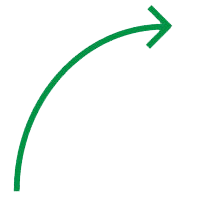
Ruwa
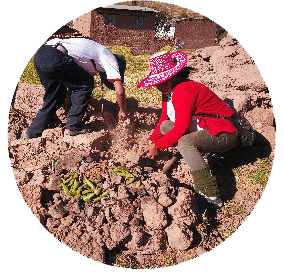
Voley

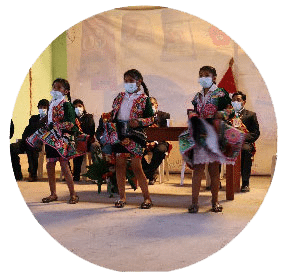
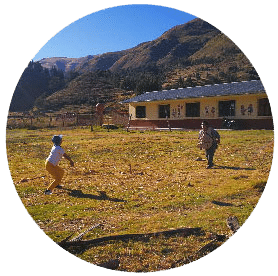
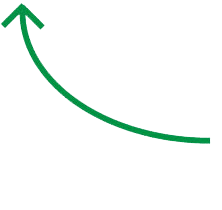
Ripuy
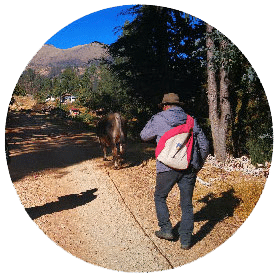
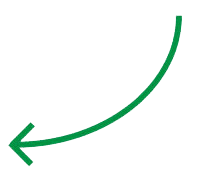
Tapu-ku-y-kuna – Key questions for a conversation
- ¿Maypi-n tiyaranki? = Where did you live?
- ¿Hayk’aq-mi yacharanki? = When did you learn?
- ¿Piwan-mi llank’a-ra-nki? = Who did you work with?
- ¿Imamanta-n rimaranki? = What did you talk about?
- ¿Ima-ta-n wayk’uranki? = What did you cook?

Rimanakuna | Vocabulary
| Qosa | husband |
| Rantiy | to buy |
| Yachachiy | to teach / to instruct |
| Chaymanta | after |
| Qayna p’unchay | yesterday |
| Uqyay | to drink |
| Ñawi | eye |
| Qelqay | to write |
| Tayta | father |
| Mama | mother |
| Puñuy | to sleep |
| Challwa | fish |
| Tapara | book |
| Parlay | to speak |

Ruwapakuy | Exercises
In the following examples you will see that we are using the locative PI which refers to a place, for example: Qosqopi (in Cusco), Austinpi (in Austin), mercadupi (in the market).
In the same way, we are using the accusative marker TA that indicates the direct object of transitive verbs (for more detail see unit 8), for example: t’anta – t’antata (bread), carnaval – carnavalta (carnival), quinua – quinuata (quinoa), fútbol – futbolta (soccer). These exercises will serve to see the use of the past with more detail and the locative PI as well as the accusative marker TA.
ÑUQA KA-RA-NI / I WAS
Ñuqa Quechuata Qosqo-pi yachachi-ra-ni / Qosqo-pi yachachirani
I learned Quechua in Cusco / I learned in Cusco
Let's look at more examples and in your notebook write what they mean and/or fill in the blanks with the corresponding phrase:
Ñuqa cebolla-ta mercadu-pi ranti-ra-ni / Mercadupi rantirani
Ñuqa chakra-pi wayqey-ta yanapa-ra-ni / _________ ________
Ñuqa Oropesa-pi t’anta-ta ruwa-ra-ni / Oropesapi t’antata ruwarani
QAN KA-RA-NKI / YOU WERE (singular)
Qan Abancay-pi carnaval-ta taki-ra-nki / Carnavalta takiranki
You danced the carnival in Abancay / You danced the carnival
Fill in the blanks with the corresponding phrases:
Qan Ayacuchu-ta ripu-ra-nki / _________ __________
Qan Puno-ta ri-ra-nki / _________ riranki
Qan chiriuchu-ta wayk’u-ra-nki / Chiriuchuta __________
PAY KA-RA-N / HE, SHE OR IT WAS
(Pay) wasi-pi quinua-ta wayk’u-ra-n / Wasipi wayk’uran
he/she cooked quinoa in his/her house / he/she cooked in his/her house
Fill in the blanks with the corresponding phrases:
(Pay) pampa-pi futbol-ta puqlla-ra-n / Futbolta __________
__________ chaqra-pi sarata tarpu-ra-n / __________ tarpuran
PAYKUNA KA-RA-NKU / THEY WERE
Paykuna wasi-pi ______ wayk’u-ra-nku / Wasipi wayk’uranku
They cooked ______ in their house / They cooked in their house
Fill in the blanks with the corresponding phrases:
Paykuna pampa-pi voley-ta puqlla-ra-nku / Pampapi puqllaranku
Paykuna chaqra-pi ______ tarpu-ra-nku / Chaqrapi __________
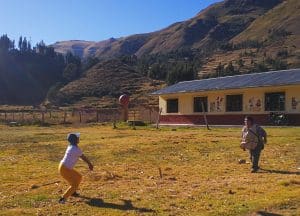
ÑUQANCHIS KA-RA-NCHIS / WE WERE (INCLUSIVE)
(Ñuqanchis) Qosqopi carnaval-ta tusu-ra-nchis / Qosqopi carnavalta tusuranchis
We dance carnival in Cusco / We have danced carnival in Cusco
Fill in the blanks with the corresponding phrases:
Ñuqanchis Qquehuar-pi tusu-ra-nchis / Qquehuarpi __________
Ñuqanchis pampa-pi wat’iata ruwa-ra-nchis / Wat’iata _____________

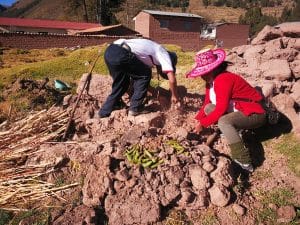
ÑUQAYKU KA-RA-YKU / WE WERE – EXCLUSIVE
Ñuqayku wasi-pi quinua-ta wayk’u-ra-yku / Wasipi wayk’urayku
They cooked quinoa in their house / They cooked in their house
Fill in the blanks with the corresponding phrases:
Ñuqayku Cotabambas-pi __________ taki-ra-yku / Carnavalta takirayku
Ñuqayku chakrapi ripu-ra-yku / Chaqrapi __________
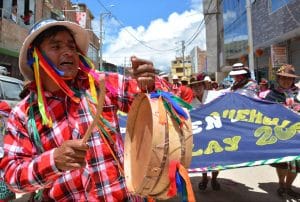
QANKUNA KA-RA-NKICHIS / YOU WERE (plural)
(Qankuna) Andarapa-pi carretera-ta kicha-ra-nkichis / Carreterata kicharankichis
You (pl) opened a highway in Andarapa / You (pl) opened a highway
Fill in the blanks with the corresponding phrases:
Qankuna Curahuasipi carreterata ripu-ra-nkichis / Curahuasipi ___________
Qankuna Qquehuarpi chicharronta ranti-ra-nkichis / Chicharronta __________
